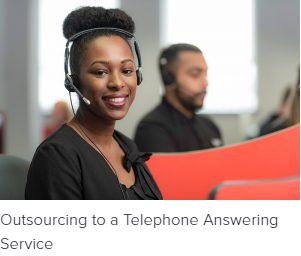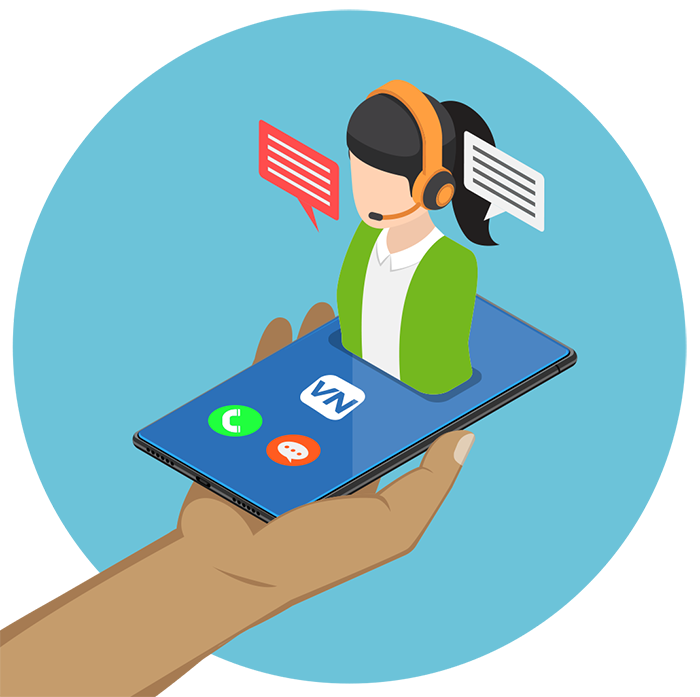All Categories
Featured
Table of Contents
- – What Is The Best How Do Answering Services Work...
- – Which Is Best What Is An Answering Service? Th...
- – Where To Buy Best 5 Mistakes To Avoid When Hir...
- – What's The Best What Is An Answering Services...
- – What Is The Best What To Look For In A Phone ...
- – What Is The Best What Is An Answering Servic...
What Is The Best How Do Answering Services Work? To Get Right Now
This gadget and its successors were created by Sava Jacobson, an electrical engineer with a private consulting organization. While early voice mail utilized magnetic tape innovation, a lot of modern devices uses solid state memory storage; some gadgets use a mix of both, with a solid-state circuit for the outgoing message and a cassette for the inbound messages.
"toll conserving" below) (virtual answering service). This is beneficial if the owner is screening calls and does not want to talk to all callers. In any case after going, the calling celebration should be notified about the call having been addressed (for the most part this starts the charging), either by some remark of the operator, or by some greeting message of the little bit, or addressed to non-human callers (e.
This holds particularly for the Little bits with digitally kept welcoming messages or for earlier makers (before the increase of microcassettes) with an unique unlimited loop tape, separate from a second cassette, dedicated to recording. There have been answer-only gadgets without any recording abilities, where the welcoming message needed to inform callers of a state of present unattainability, or e (virtual telephone answering).
Which Is Best What Is An Answering Service? The Ultimate Guide - Cms Company

about schedule hours. In tape-recording Littles the greeting usually consists of an invite to leave a message "after the beep". An answering device that uses a microcassette to tape-record messages On a dual-cassette answerphone, there is an outbound cassette, which after the specified number of rings plays a pre-recorded message to the caller.

Single-cassette voice mail consist of the outgoing message at the beginning of the tape and incoming messages on the staying area. They initially play the statement, then fast-forward to the next available space for recording, then tape-record the caller's message. If there are numerous previous messages, fast-forwarding through them can trigger a substantial hold-up.
This beep is often described in the greeting message, asking for that the caller leave a message "after the beep". Littles with digital storage for the tape-recorded messages do not reveal this delay, obviously. A little may provide a remote control facility, where the answerphone owner can sound the house number and, by going into a code on the remote telephone's keypad, can listen to tape-recorded messages, or delete them, even when away from house.
Where To Buy Best 5 Mistakes To Avoid When Hiring A Phone Answering Service

Thereby the maker increases the variety of rings after which it responds to the call (typically by two, leading to four rings), if no unread messages are presently kept, but responses after the set number of rings (usually 2) if there are unread messages. This permits the owner to discover out whether there are messages waiting; if there are none, the owner can hang up the phone on the, e.
Some makers likewise permit themselves to be from another location activated, if they have been switched off, by calling and letting the phone ring a certain big number of times (normally 10-15). Some provider desert calls already after a smaller number of rings, making remote activation difficult. In the early days of TADs an unique transmitter for DTMF tones (dual-tone multi-frequency signalling) was regionally required for push-button control, considering that the formerly employed pulse dialling is not apt to convey appropriate signalling along an active connection, and the dual-tone multi-frequency signalling was implemented stepwise.
Any incoming call is not identifiable with regard to these residential or commercial properties in advance of going "off hook" by the terminal devices. So after going off hook the calls must be changed to proper gadgets and only the voice-type is right away accessible to a human, but maybe, nonetheless should be routed to a LITTLE (e.
What's The Best What Is An Answering Services & How Does It Work? Brand
What if I told you that you do not have to actually pick up your gadget when answering a client call? Somebody else will. So convenient, ideal? Answering call doesn't require someone to be on the other end of the line. Efficient automated phone systems can do the trick simply as efficiently as a live agent and often even much better.
An automatic answering service or interactive voice reaction system is a phone system that interacts with callers without a live individual on the line - answer phone service. When business use this innovation, consumers can get the answer to a question about your service just by utilizing interactions set up on a pre-programmed call circulation.
Although live operators upgrade the client service experience, numerous calls do not require human interaction. A basic taped message or directions on how a customer can retrieve a piece of details generally fixes a caller's immediate requirement - virtual answering service. Automated answering services are a simple and effective method to direct inbound calls to the best individual.
What Is The Best What To Look For In A Phone Answering Service For Your ... On The Market Right Now
Notice that when you call a business, either for support or product questions, the very first thing you will hear is a pre-recorded voice welcoming and a series of alternatives like press 1 for client service, press 2 for questions, and so on. The pre-recorded alternatives branch off to other options depending upon the consumer's choice.
The phone tree system assists direct callers to the ideal individual or department utilizing the keypad on a smart phone. In some instances, callers can utilize their voices. It deserves keeping in mind that auto-attendant alternatives aren't limited to the 10 numbers on a phone's keypad. Once the caller has actually selected their very first alternative, you can create a multi-level auto-attendant that uses sub-menus to direct the caller to the right sort of assistance.
The caller does not have to interact with an individual if the auto-attendant phone system can handle their concern. The automated service can path callers to an employee if they reach a "dead end" and require help from a live representative. It is costly to hire an operator or executive assistant.
What Is The Best What Is An Answering Service? To Get
Automated answering services, on the other hand, are considerably less costly and offer substantial expense savings at an average of $200-$420/month. Even if you don't have committed staff to manage call routing and management, an automated answering service enhances performance by enabling your group to concentrate on their strengths so they can more efficiently spend their time on the phone.
A sales lead routed to customer support is a lost shot. If a customer who has item concerns reaches the incorrect department or gets insufficient answers from well-meaning staff members who are less trained to handle a particular kind of question, it can be a cause of disappointment and discontentment. An automated answering system can lessen the variety of misrouted calls, thus helping your staff members make much better usage of their phone time while releasing up time in their calendar for other jobs.
With Automated Answering Systems, you can create a personalized experience for both your staff and your callers. Make a recording of your main greeting, and just upgrade it frequently to reflect what is going on in your organization. You can develop as numerous departments or menu alternatives as you want.
Table of Contents
- – What Is The Best How Do Answering Services Work...
- – Which Is Best What Is An Answering Service? Th...
- – Where To Buy Best 5 Mistakes To Avoid When Hir...
- – What's The Best What Is An Answering Services...
- – What Is The Best What To Look For In A Phone ...
- – What Is The Best What Is An Answering Servic...
Latest Posts
Sought-After Real Estate Answering Service Near Me – Central Queensland
Comprehensive After Hours Answering Service
Emergency Call Answering Service Near Me – Gold Coast 4217
More
Latest Posts
Sought-After Real Estate Answering Service Near Me – Central Queensland
Comprehensive After Hours Answering Service
Emergency Call Answering Service Near Me – Gold Coast 4217